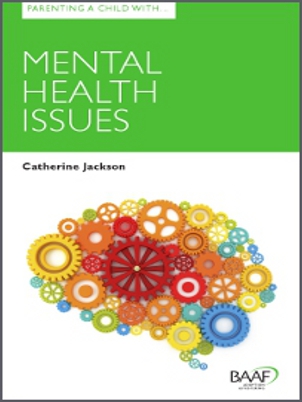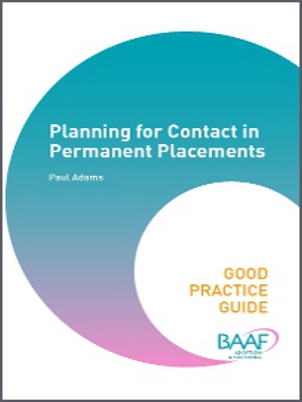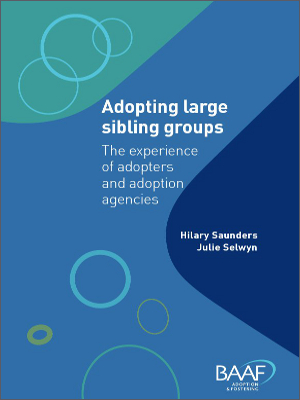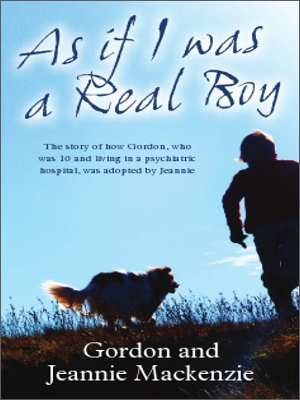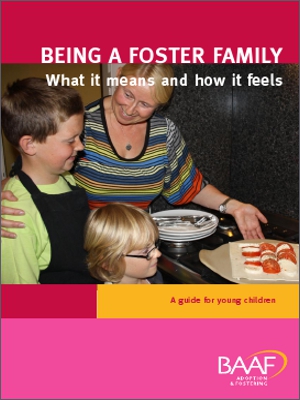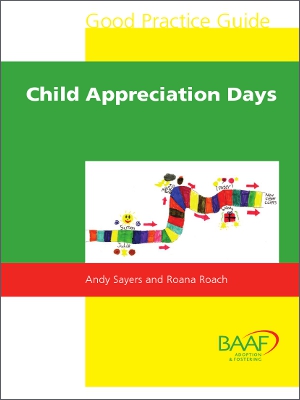Parenting Matters: Parenting a child with mental health issues
| Catherine Jackson
This book is part of CoramBAAF’s Parenting Matters series which explores many of the health conditions commonly diagnosed in looked after children. This book focuses on mental health issues. If you are looking to adopt a child, this guide will give you practical and realistic information on what this condition may mean for your child, along with their symptoms, prognosis and treatment.

